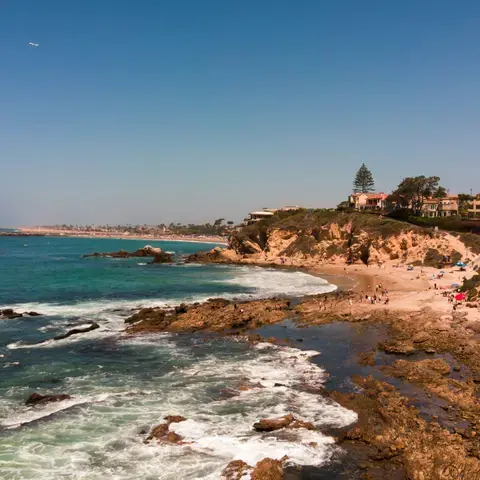
Fine Dining Lovers Destinations
Discover over 1,500 culinary destinations worldwide, with personalized recommendations expertly curated to match your taste.

Top Destinations
Regional Gems
Embark on a Global Taste Adventure
Embark on a Global Taste Adventure
Embark on a Global Taste Adventure
Embark on a Global Taste Adventure
Embark on a Global Taste Adventure
Embark on a Global Taste Adventure
Embark on a Global Taste Adventure
Embark on a Global Taste Adventure
Brazil
USA
UK
UK
USA
Italy
USA
USA
USA
UK
UK
USA
UK
UK
UK
UK

Join us to find your top spots here

























